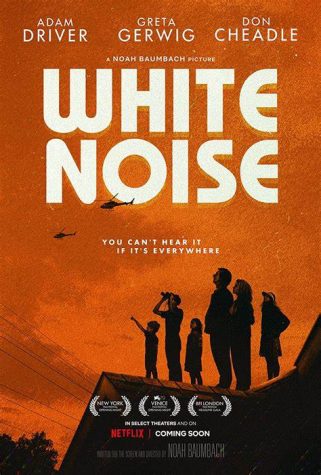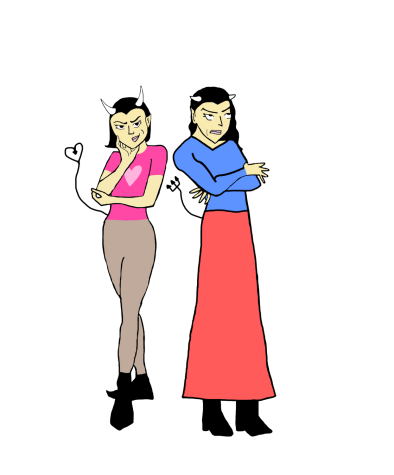Vaccines: A medical miracle
June 7, 2019
The first vaccine in the west was invented in 1796 by Edward Jenner. He discovered he could convey immunity to smallpox to a child by infecting them with cowpox, a related but much less dangerous virus. This invention sparked a new age of preventative medicine, as immunity to diseases could be conveyed without contracting the disease itself! In recent years, though, some people have questioned the safety of vaccines and have not had their children vaccinated, leading to outbreaks of diseases like the current measles outbreak in Washington State. In this column, I am going to explain how vaccines work and why we need them, and I hope to help sway people to embrace this medical miracle.
First let’s discuss how the immune system works. On a very basic level, your immune system works by attacking invading pathogens (virus, bacteria, etc) by targeting them with antibodies. Antibodies are made by your body to mark things which the body needs to destroy. When you are infected with a pathogen, your body begins producing antibodies to fight it, and if you survive, your body will know how to make those antibodies so you are resistant/immune to that pathogen in the future. The danger with this system is that if a disease is particularly dangerous, it may cause you serious harm before your body produces antibodies to fight it. That is where vaccines come in. Vaccines contain a weakened or dead version of a pathogen, and by attacking these incapacitated pathogens your body learns to produce antibodies against them. Thus you can be immunized against a disease without ever contracting it.
Vaccines serve another purpose as well, they protect people who have not even received them. Some people cannot receive vaccines, if they have a compromised immune system or other medical problems the dead or weakened virus can be dangerous for them. But if a large enough percentage of the population is vaccinated against a disease, around 95 percent, we reach the herd immunity threshold. Once around 95 percent of the population is vaccinated, the pathogen cannot effectively spread to new hosts. The pathogen cannot infect enough of the population to survive. We have seen this in action, smallpox used to be a deadly disease scourging communities, but it was completely irradiated outside of labs by an intensive vaccination effort.
Vaccines have eliminated many dangers from our lives that plagued the lives of our ancestors. Diseases like tetanus no longer put our lives in danger every time we get a cut, and most people will never get chickenpox or measles in childhood. But when people reject vaccines, they put this wonderful works in danger. If the immunization level drops below 95 percent, as it had in part of Washington State, diseases can regain a foothold in the population. They can spread through the unvaccinated and immunocompromised, and put peoples lives in danger. Unless you have a medical condition that precludes it, there is no good reason to not get vaccinated. Some vaccines may cause mild side effects in a very small number of cases, but these side effects are benign in the faces of the diseases they prevent. And any supposed link between vaccines and autism is the the result of a mix of fear and the worst kind of pseudoscience.
This kind of rhetoric about the supposed dangers of vaccines, though, points to a pressing issue in our society, how we value science. A rejection of vaccines is a rejection of the last 300 years of scientific advancement. All the cornerstones of our modern life, relative safety, electricity, efficient transportation, and many other things we take for granted, are built on the back of science. If we abandon science whenever it questions our worldview, as anti-vaccine proponents have, we put the whole world in danger. Vaccines are a gift to the human race, we just have to accept them.












